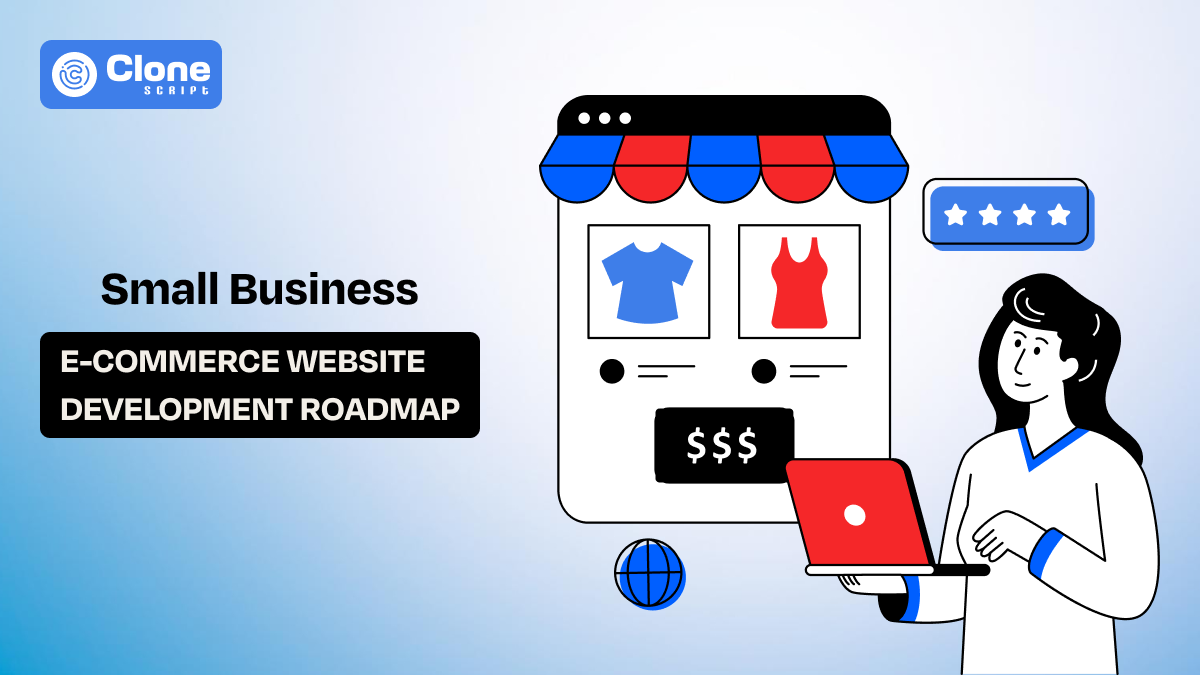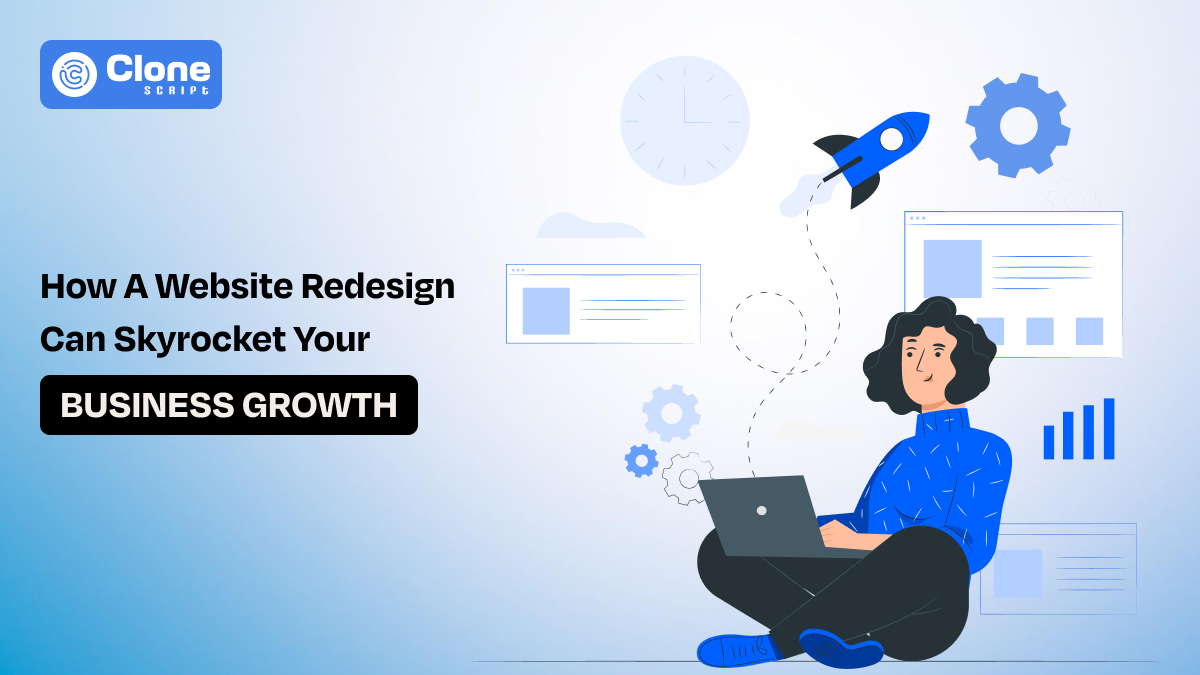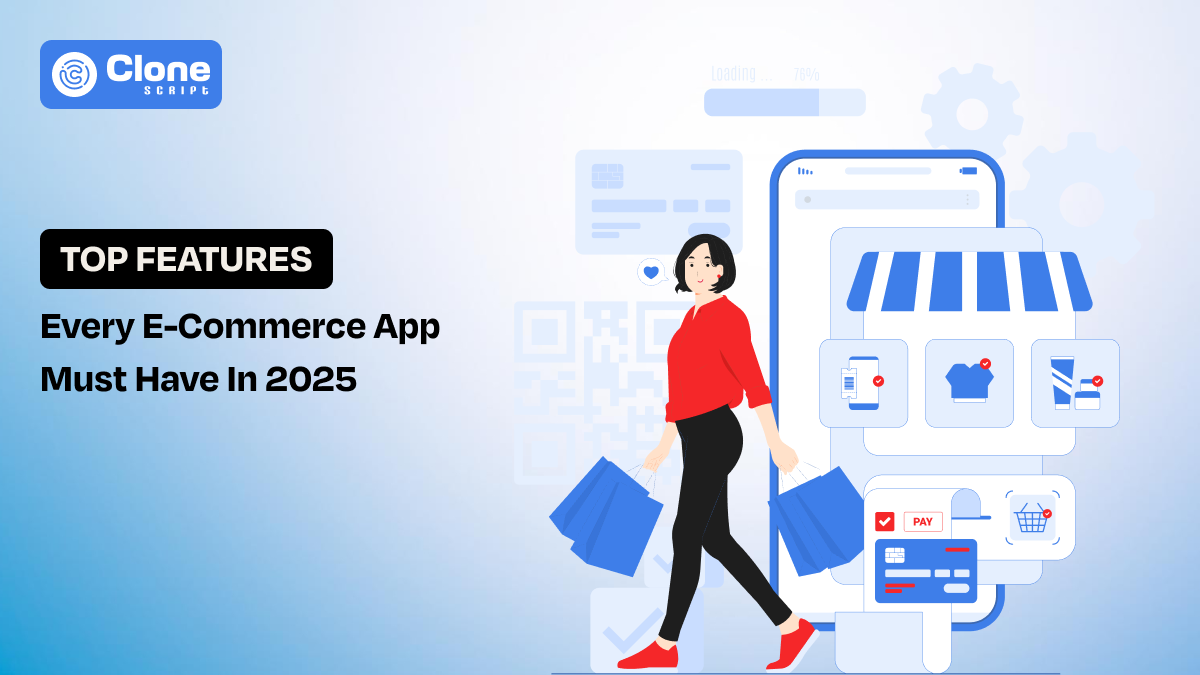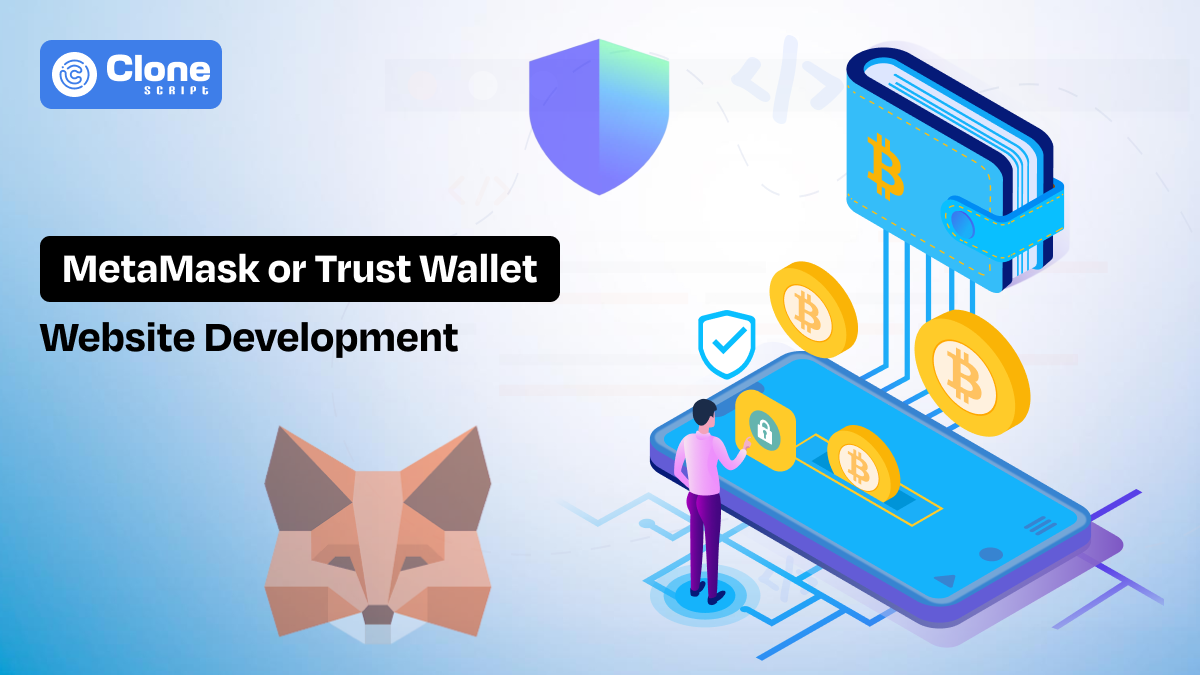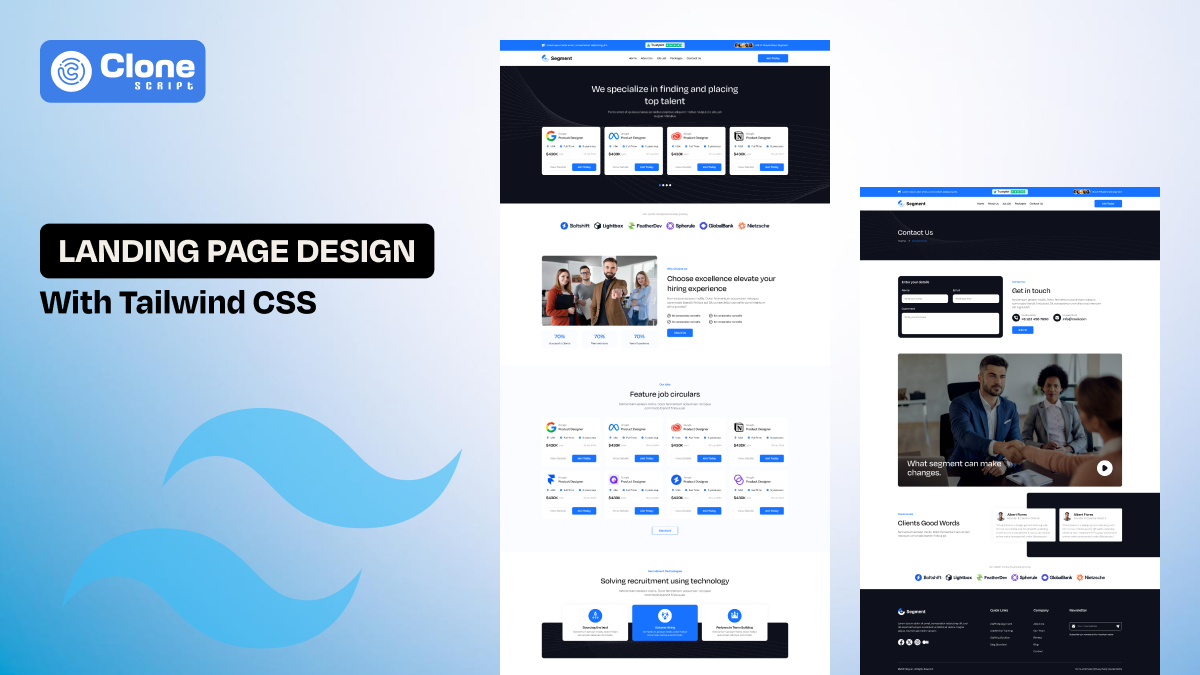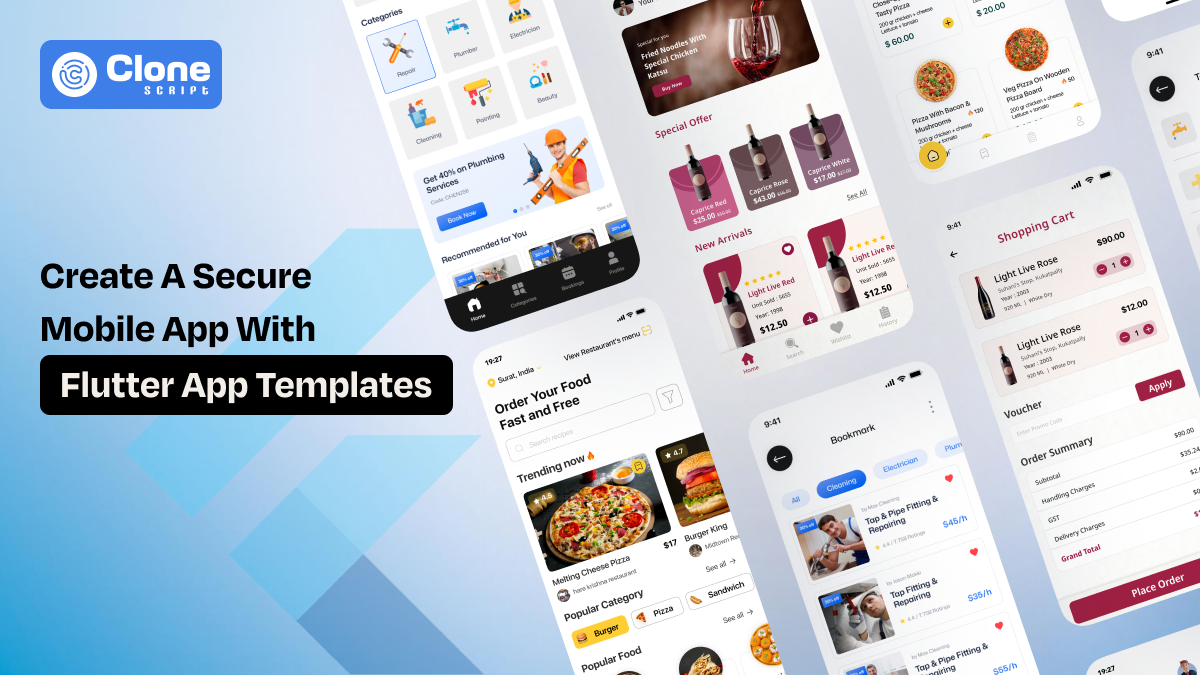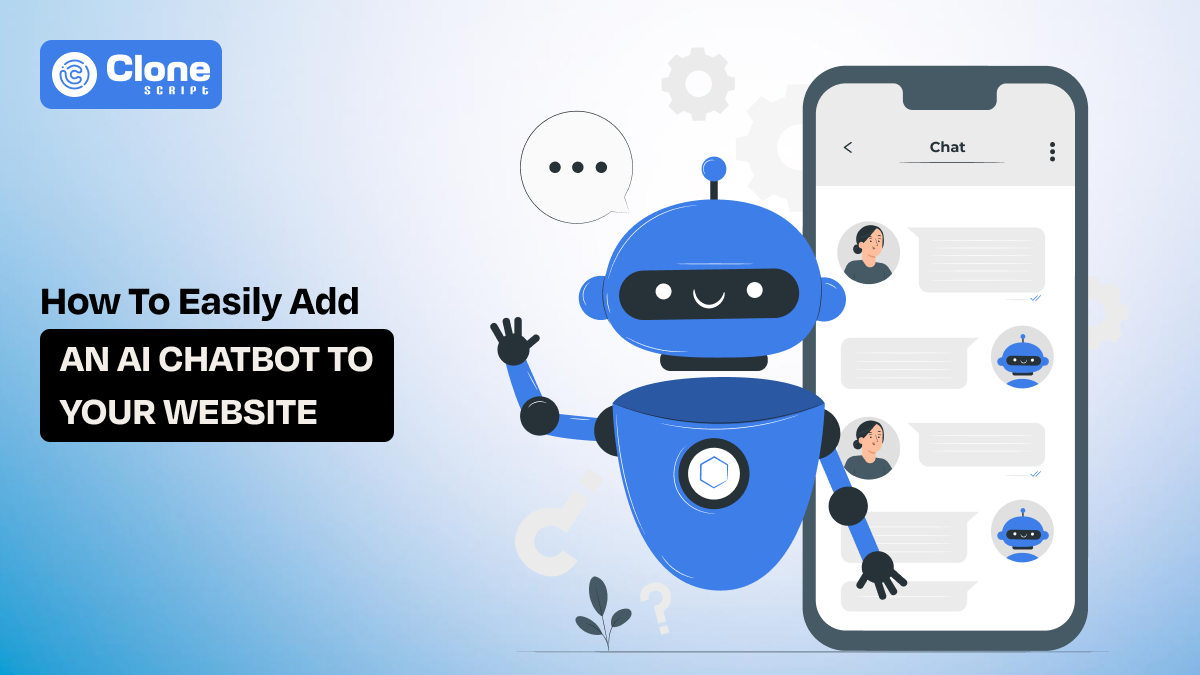Your Complete E-Commerce Website Development Roadmap for Small Businesses
Launching an online store for a small business for the first time is like entering a new field on debut. You might be asking yourself: Where do I even start? How much will it cost? Can I compete with the big players online? These are real concerns, and you're not alone.
The truth is, building a successful e-commerce website today is more accessible than ever. It is helpful for small businesses looking to grow, reach new customers, and boost sales beyond the walls of a physical shop. But it takes more than just throwing up a website; it requires thoughtful planning, smart design, and the right tools.
In this blog, we are going to guide you through a practical, step-by-step roadmap to create an online store that fits your business goals and budget.
Understanding E-Commerce Website Development
At first glance, building an e-commerce website might sound as simple as setting up a page with a shopping cart and product listings. But if you dig a little deeper, you’ll realize it’s a lot more than that. Think of your e-commerce site as a fully functional digital storefront, one that needs to look inviting, work flawlessly, and make buying easy for your customers.
So what does this really involve?
Well, it’s a combination of several important pieces working together behind the scenes.
-
Website Design
First, there’s the design. It involves how your website looks and feels when visitors arrive. This is called the user interface or UI kit design (a ready-made solution), and it needs to be clean, attractive, and easy to navigate. No one wants to get lost in a cluttered or confusing site.
-
Backend development
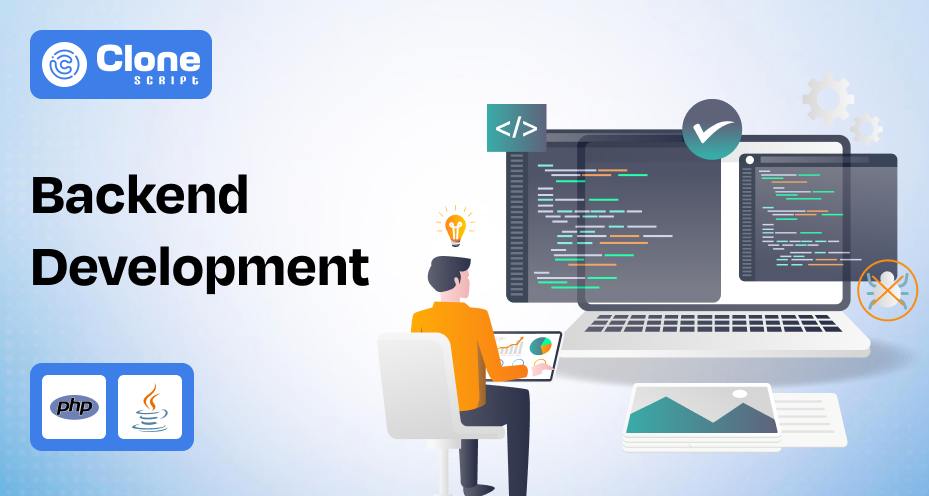
But a pretty design is just the surface. The real magic happens on the backend development, where the site’s engine runs. This is where the code manages product details, processes orders, updates your inventory in real-time, and keeps everything running smoothly without hiccups.
Imagine if someone buys your last pair of shoes and your website still shows it as available; that’s a backend problem.
-
Payment gateway integration
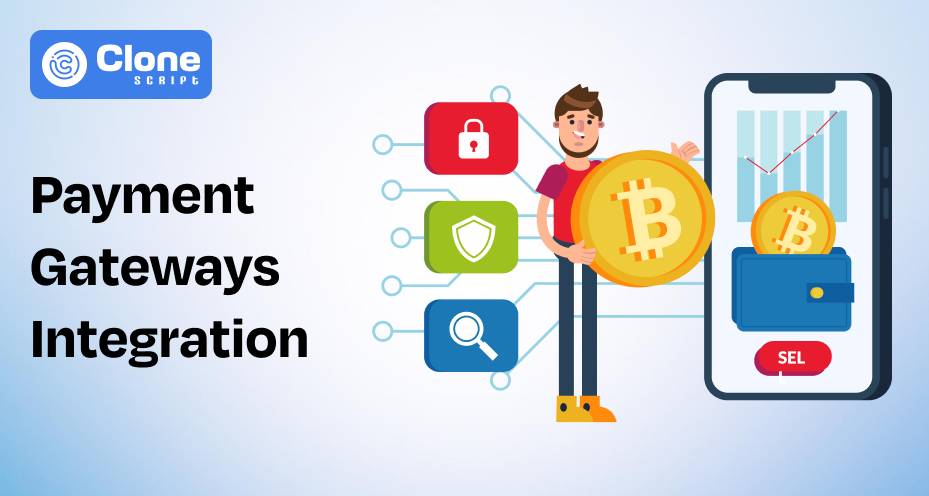
Another important part is integrating payment systems. Customers need to trust your site enough to enter their payment information, so making the checkout process secure and simple is essential. This means using trusted payment gateways and SSL certificates to encrypt sensitive data.
-
Mobile-friendly optimization
Plus, you have to keep in mind that most people shop on their phones nowadays. Your website must load quickly and look great on smaller screens; otherwise, you risk losing potential buyers before they even see your products.
In short, e-commerce website development is a careful blend of design, technology, and user experience. When done right, it creates a seamless shopping journey that keeps customers coming back again and again.
Benefits of an E-Commerce Website for Small Businesses
Here is the list of small business e-commerce website benefits:
-
Reach customers beyond your local area
First off, it expands your reach. No longer are you confined to your local neighborhood or city; your products can be seen and purchased by people across the country or even internationally. This opens up exciting new markets and growth opportunities that simply aren’t possible with a physical-only presence.
-
Lower operating costs
Another big plus is cost savings. Running a physical store comes with rent, utilities, and staffing expenses, which can quickly add up. With an online store, many of these costs are lower or eliminated. You can manage inventory digitally and automate sales processes. This helps in operations to be smoother and less expensive.
-
Shopping Convenience for Everyone
Convenience is a win-win here. Your customers get to shop anytime they want from their couch at midnight or during their lunch break, and you get to manage your business without the constraints of traditional store hours.
-
Access to Valuable Customer Data
An e-commerce platform gives you access to valuable data. You can see which products are popular, monitor customer behaviors, and even track where people drop off in the buying process. This insight allows you to tweak your offerings and marketing to better meet your customers’ needs.
-
Build Brand Trust and Credibility
Having a professional website also boosts your brand’s credibility. A sleek, trustworthy online presence reassures visitors that your business is legitimate and reliable. It’s important for small businesses competing with bigger brands.
-
Multiple Marketing Opportunities
Your website acts as a hub for marketing efforts. You can connect social media, launch email campaigns, and optimize your content for search engines, all working together to attract and engage more customers.
With all these advantages, it’s clear why e-commerce for small businesses is a vital growth path.
E-Commerce Website Development Roadmap
Building your online store step-by-step can make what feels like a huge task manageable and clear. Here’s a roadmap designed for small business owners diving into e-commerce website development for the first time.
Step 1: Clarify Your Goals and Audience
Before you do anything else, ask yourself the following questions to clarify business goals and the audience to interact with:
-
What do you want your website to achieve?
-
Is it primarily to sell products, generate leads, or build brand awareness?
-
Who is your ideal customer?
Clear answers to these questions will shape your site’s design and functionality.
Step 2: Choose the Right Platform
Your website platform is the foundation of your online store. Popular options include Shopify, WooCommerce, BigCommerce, and Magento. Consider the aspects when making decisions:
-
Your budget
-
How much technical control do you want?
-
Plans for growth and scaling
For instance, Shopify is beginner-friendly with monthly fees, while WooCommerce offers more flexibility but requires some technical management.
Step 3: Plan Your Site Structure and Features
Think about the pages and features your store needs to make a site professionally optimized:
-
Homepage
-
Product listings with detailed descriptions
-
Shopping cart and secure checkout
-
Optional extras like wishlists, customer reviews, and discount codes
Planning helps a smoother development process and a better user experience.
Step 4: Focus on Design
Good e-commerce site design goes beyond looks. It makes shopping enjoyable and hassle-free. Aim for the following on the website:
-
Clean, simple navigation
-
Fast loading pages
-
Mobile-friendly layouts
-
Consistent branding that reflects your business personality
These elements help keep customers engaged and coming back.
Step 5: Develop and Integrate Key Components (Preferably with the web developers' help)
Once your design is set, it’s time for the technical build:
-
Develop the front-end and back-end of your site. Front-end development defines the site's look, and the data security task has been handled by the backend.
-
Integrate payment gateways like PayPal or Stripe for secure transactions and fund management.
-
Set up SSL certificates to protect customer data and avoid any cyber attacks on your store.
This phase checks that your store is safe, reliable, and ready for business.
Step 6: Test Everything Thoroughly
Before going live, test your site from every angle. It’s preferable to have a professional QA & Testing team, which analyzes the following:
-
Check product browsing and search functions
-
Test the checkout process for any glitches
-
Make sure the site works well on mobile devices
-
Confirm fast load times and proper security features
A flawless user experience is key to keeping customers engaged and feeling safe to shop the products on your site.
Step 7: Launch and Promote Your Store
With testing complete, it’s time to open your digital doors! Spread the word through the following digital marketing strategies:
-
Email newsletters allow you to reach customers directly with promotional products.
-
Social media posts and ads help to create brand awareness and influence customers to choose you over competitors.
-
SEO strategies to improve your site’s search ranking and get leads from users who are interested in your products.
With an effective promotion campaign, you can drive traffic and sales.
Step 8: Monitor Performance and Optimize
Launching a website is just the beginning. Use tools like Google Analytics to know:
-
Track visitor behavior
-
Identify popular products and pages
-
Find drop-off points in checkout
Use these insights to continually improve your website, whether by simplifying the buying process, updating product details, or speeding up your pages.
These steps can make e-commerce website development smooth and optimized for a better look.
Common E-Commerce Development Mistakes to Avoid
When you’re building your first online store, it’s easy to get caught up in the excitement and overlook some details. Even with the best intentions, many small businesses run into avoidable mistakes that can slow down growth or frustrate customers. Knowing what to watch out for can save you time, money, and headaches.
-
Neglecting Mobile Users
More than half of online shoppers use their phones to browse and buy. If your site isn’t mobile-friendly, meaning it looks good and works well on smaller screens, you’re missing out on a huge chunk of potential customers. A website that’s hard to navigate or slow on mobile devices will lose visitors.
-
Complicated Navigation and Checkout
If customers struggle to find products or get stuck during checkout, they won’t hesitate to leave. Simple, intuitive navigation paired with a streamlined checkout process helps reduce abandoned carts and increase conversions.
-
Adding Too Many Features Too Soon
It’s tempting to load your site with every plugin or fancy feature available, but too much can backfire. Overloading your site can make it slow, confusing, and harder to maintain. Focus on the essentials first and add new features only when they genuinely enhance the shopping experience.
-
Ignoring Website Security
Customers want to know that their personal and payment information is safe. Not using SSL certificates or trusted payment gateways can scare shoppers away and expose your business to fraud. Security is non-negotiable for building trust.
-
Not Testing Thoroughly Before Launch
Launching a site with bugs, broken links, or slow pages damages your credibility. Take time to test every aspect on different devices and browsers to catch and fix issues before your customers do.
-
Skipping SEO Basics
No matter how great your store looks, if search engines can’t find it, your traffic will suffer. Ignoring SEO means missing out on valuable organic visitors who are actively searching for what you sell.
-
Choosing Platforms Without Scalability in Mind
What works for your store today might not handle growth tomorrow. Picking a platform that can’t scale with your business could force costly migrations later on. Plan to avoid growing pains.
-
DIY Without Sufficient Experience
While building your own store can save money upfront, complex development without enough technical knowledge leads to wasted effort, mistakes, and delays. Sometimes investing in professional help is the smarter choice.
By knowing these pitfalls, your e-commerce journey will be smoother, more efficient, and more rewarding.
Why Hire a Professional E-Commerce Website Development Company?
Building a successful online store takes more than just plugging in products. Hiring a professional e-commerce website development company ensures your site is secure, user-friendly, and tailored to your business needs. They handle everything from custom design and payment integration to SEO optimization and mobile responsiveness.
At All Clone Script, small businesses get affordable, scalable solutions designed to grow with them. Our team delivers fast, reliable websites with ongoing support. From there, you can focus on what matters most: growing your business. Choosing professional help means fewer headaches and a smoother path to e-commerce success.
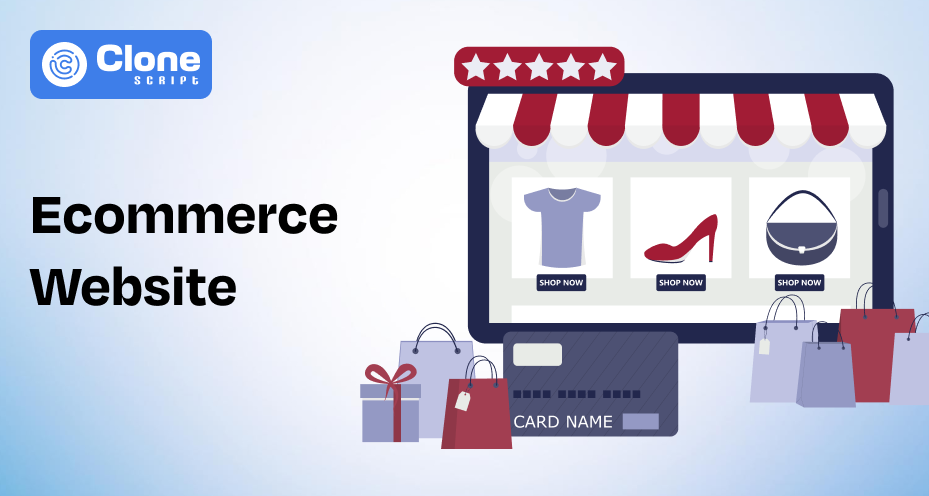
Conclusion
Creating an effective e-commerce website is a step toward growing your small business. By understanding the development process, focusing on smart design, avoiding common pitfalls, and considering professional help when needed, you set yourself up for long-term success.
Remember, your online store is more than just a sales channel. It’s a brand ambassador open 24/7, ready to connect with customers near and far. With the right roadmap and resources, building your online store from scratch becomes not just achievable but an exciting journey toward reaching new heights and beyond.
 BTC - Bitcoin
BTC - Bitcoin
 USDTERC20 - USDT ERC20
USDTERC20 - USDT ERC20
 ETH - Ethereum
ETH - Ethereum
 BNB - Binance
BNB - Binance
 BCH - Bitcoin Cash
BCH - Bitcoin Cash
 DOGE - Dogecoin
DOGE - Dogecoin
 TRX - TRON
TRX - TRON
 USDTTRC20 - USD TRC20
USDTTRC20 - USD TRC20
 LTC - LiteCoin
LTC - LiteCoin

